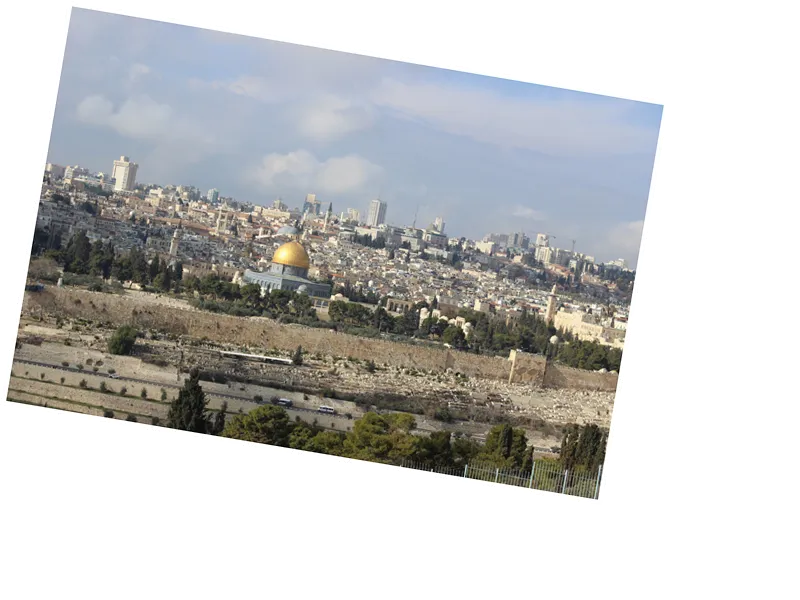The Via Dolorosa, also known as the Way of the Cross, is a significant pilgrimage route in Jerusalem that commemorates the path Jesus Christ walked before his crucifixion. This historic route consists of 14 stations, each representing a pivotal moment of Christ's suffering, beginning at the Omariyya School near Bab al-Ghawanmeh and culminating at the Church of the Holy Sepulchre, where Christians believe he was buried. The term 'Via Dolorosa' translates to 'Way of Sorrow,' reflecting the pain and torture endured by Jesus during his final journey.
Pilgrims and tourists from various backgrounds flock to this vibrant area of the Old City, which is bustling with shops and eateries, to explore its profound cultural and religious significance. The Via Dolorosa is not just a place of reflection but a lively intersection of faith and history, attracting visitors year-round. The stations of the Via Dolorosa were formalized over centuries, with rituals dating back to the twelfth century, evolving into the 14 stations recognized today, which aid believers in their spiritual pilgrimage.
Each station holds a unique story, from the trial of Jesus at the hands of Pontius Pilate to his encounters with his mother, Mary, and the moments of profound exhaustion as he carried the cross. The significance of these stations is further enhanced by the architectural beauty of the churches that line the route, many built after the Ottoman campaign in the 19th century. This journey serves as a poignant reminder of the suffering endured for faith, making it a vital experience for Christians and an important cultural landmark for all.
- The Via Dolorosa has evolved into a ritualistic journey for many Christians, especially during Lent and Holy Week. Every Friday, the Franciscan community leads a procession along the Via Dolorosa, where participants carry wooden crosses, commemorating the crucifixion of Jesus Christ. This event is attended by locals, visitors, and pilgrims, creating a communal atmosphere of reflection and reverence.
- Historically, the concept of the stations along the Via Dolorosa was solidified by various pilgrims, including the Franciscan monk Boniface of Ragusa, who in the 16th century popularized the term. The evolution of the Via Dolorosa reflects a deepening understanding of Christ's suffering, with each station providing an opportunity for prayer and meditation on the events leading up to the crucifixion.






